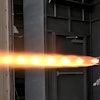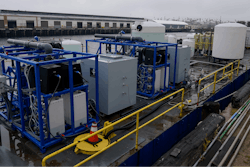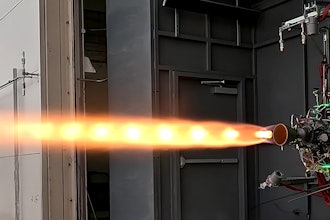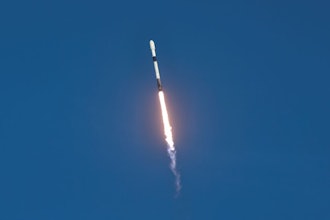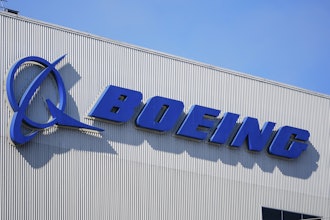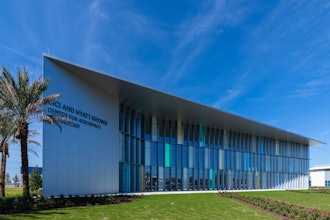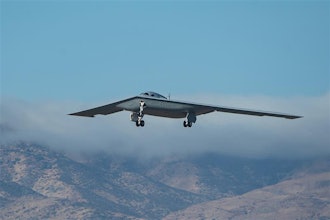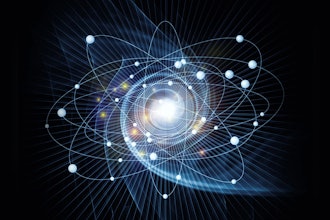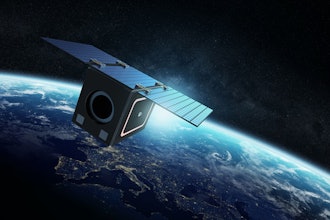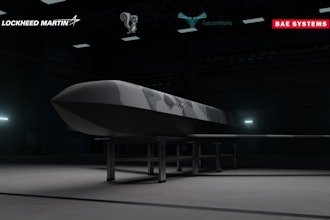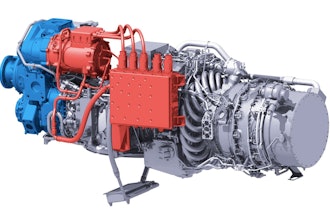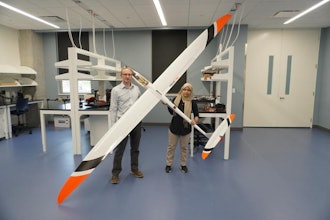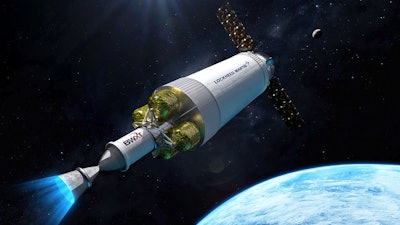
Lockheed Martin has won a contract from the Defense Advanced Research Projects Agency (DARPA) to develop and demonstrate a nuclear-powered spacecraft under a project called Demonstration Rocket for Agile Cislunar Operations (DRACO). The project will represent an advancement in propulsion technology to benefit exploration and national defense.
DARPA partnered with NASA's Space Technology Mission Directorate on the DRACO project, as both agencies will benefit from this leading edge technology. The in-space flight demonstration of a nuclear thermal rocket engine vehicle will take place no later than 2027.
Chemical propulsion engines have long been the standard for spaceflight, but for humans to travel to Mars, they will need much more powerful and efficient propulsion. Nuclear thermal propulsion (NTP) engines offer thrust as high as conventional chemical propulsion with two-to-five times higher efficiency, which means the spacecraft can travel faster and farther and can significantly reduce propellant needs. They also enable abort scenarios on journeys to Mars that are not possible with chemical propulsion systems.
An NTP system uses a nuclear reactor to quickly heat hydrogen propellant to very high temperatures and then funnels that gas through the engine nozzle to create powerful thrust. The fission-based reactor will use a special high-assay low-enriched uranium, or HALEU, to convert the cryogenic hydrogen into an extremely hot pressurized gas. The reactor will not be turned on until the spacecraft has reached a nuclear safe orbit, making the NTP system very safe.
Lockheed Martin has partnered with BWX Technologies to develop the nuclear reactor and produce the HALEU fuel.

